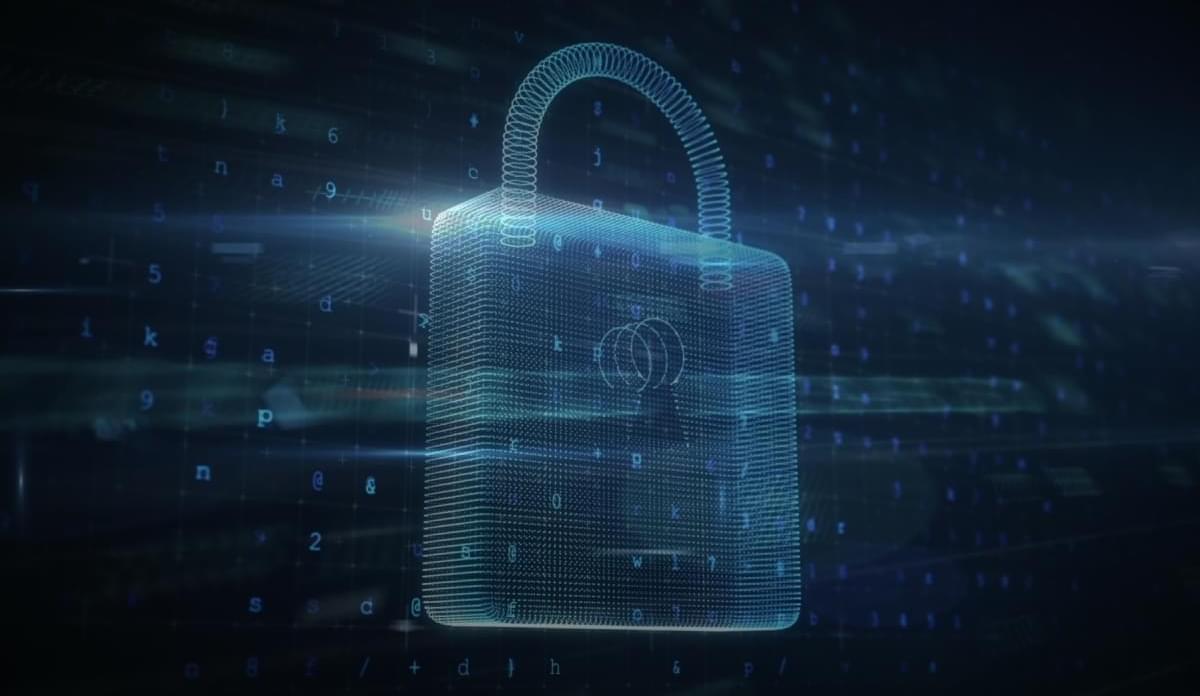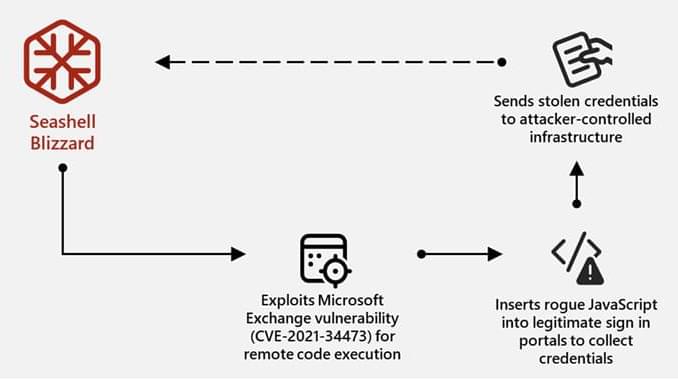The lead researcher has told the BBC he was so astounded he assumed his computer had been hacked.


The BCI is rapidly evolving, but the real challenge has always been the long-term usability of devices implanted in the brain. Because of this, it is exciting to see the early success stories of Neuralink with the three patients who have received chip implants so far. They have all achieved results beyond expectations without any risks, which has made Elon Musk even more confident and ambitious with his implanted chip. He has decided to upgrade the chip to a higher level to support more people with disabilities. At the same time, Musk has shared updates on the condition of the three Neuralink-implanted patients. This year, the number of implant recipients is expected to increase significantly. So, is this a major turning point for people to trust Neuralink? Explore the latest updates now, Welcome to Tesla Car World!
Full NEURALINK Human Trials! Elon Musk Reveals NEW Updates On Three Patient Shocking In 2025! You may not believe it, but from the perspective of many people, Neuralink is one of Elon Musk’s most controversial and ridiculous companies. They argue that Musk should focus on Tesla and SpaceX instead of a less widely accepted field like BCI. Concerns about the dangers of implanting chips in the brain, especially given how new this technology is, remain a hot topic of discussion. Some even fear that brain data could be misused or compromised if Neuralink were hacked. However, despite these concerns, it is undeniable that for the three implanted patients, Neuralink means more than ever. They seem to be living a second life, in fact, Neuralink makes them feel as if they have been reborn.
Full NEURALINK Human Trials! Elon Musk Reveals NEW Updates On Three Patient Shocking In 2025! Imagine losing the ability to move, communicate, or control your own body. Then, one day, something allows you to think and control a computer cursor, communicate with the world through your thoughts, and do things you had once given up hope on. For the three patients who have experienced Neuralink, this is not just an ordinary chip, it is an opportunity, a hope, a real-life miracle.
===
#888999evs #teslacarworld #teslacar #888999 #teslaneuralink #neuralink.
subcribe: https://bit.ly/3i7gILj

In today’s AI news, Meta on Tuesday announced that it’ll host its first-ever dev conference dedicated to generative AI. Called LlamaCon after Meta’s Llama family of generative AI models, the conference is scheduled to take place on April 29. Meta said that it plans to share the latest on its open source AI developments to help developers build amazing apps and products.
In other advancements, after her sudden departure from OpenAI last fall, ex-CTO Mira Murati vanished from public view to start something new. Now, she is ready to share some details about what she’s working on. Her new AI startup is called Thinking Machines Lab, and while the specifics of what it plans to release are still under wraps, the company says its goal is “to make AI systems more widely understood, customizable and generally capable.”
Meanwhile, In a new paper, OpenAI researchers detail how they developed an LLM benchmark called SWE-Lancer to test how much foundation models can earn from real-life freelance software engineering tasks. The test found that, while the models can solve bugs, they can’t see why the bug exists and continue to make more mistakes.
And, Humane is selling most of its company to HP for $116 million and will stop selling AI Pin, the company announced today. AI Pins that have already been purchased will continue to function normally until 3PM ET on February 28th, Humane says in a support document. After that date, Pins will “no longer connect to Humane’s servers.”
Then, in this episode of Top of Mind, Gartner Global Chief of Research Chris Howard breaks down the buzz around agentic AI. Learn how AI agents can make autonomous decisions, optimize solutions and even collaborate in multi-agent systems to transform the future of business now.
And, inbound conversational AI phone calls can now easily be personalized using Twilio and ElevenLabs Conversational AI. Provide dynamic variables based on the inbound caller id, and override the prompt, language, first message to fully customize your voice AI agents.
In other videos, Tim is diving into SkyReels, a powerful new AI video model that’s free, open-source, and comes with its own robust platform. In this deep dive, he’ll walk through SkyReels’ unique features—from its human-centric training data to its text-to-video and image-to-video workflows.

In my new marketing position at Moving On IT I am blessed to be working with some old friends that really know the IT, AI, and Cybersecurity industry inside out. So much so, they have recently been certified as an Ingram Micro partner.
We are in the midst of developing a whole new website, and product information portal using AI-design software. The website is a bit of mess now, but stay tuned and watch it grow.
One of coolest things is that the company allows me the leeway to find new ways to promote their company, products, and services. So I have been using AI and my creativity to craft a unique new spokesperson that embodies the brand, and amplifies the companies values and industry messaging.
In today’s highly digital landscape, cybercrime has become a pervasive threat, compromising the security and integrity of our nation’s information technology infrastructure.
As an authorized provider of IT, AI, and cybersecurity solutions from the world’s leading manufacturers, Moving On IT has taken a bold stance against this menace.
Moving On IT’s company’s values are rooted in a strong commitment to protecting our customers’ IT assets. With security solutions from top-tier vendors, and cybersecurity-liability insurance services Moving On IT secures our nation’s networks.
I am proud to introduce my latest creation, Moving On IT’s hometown hero, and new company spokesperson, Captain Cybersecurity.

Dream, a company focused on artificial intelligence (AI)-powered cybersecurity for nations and critical infrastructure, raised $100 million in a Series B funding round to expand into additional markets in which cyber threats pose challenges to national security.
The round valued Dream at $1.1 billion, the company said in a Monday (Feb. 17) press release.
Cyberattacks on critical infrastructure are becoming more common and more sophisticated, Sebastian Kurz, co-founder and president of Dream, and former prime minister of Austria, said in the release.

A major cybersecurity incident has exposed sensitive personal, medical and financial records of more than half a million Americans.
In a data breach notification, the Office of the Maine Attorney General says the California-based non-profit organization NorthBay Healthcare Corporation experienced an external system breach affecting 569,012 Americans.
In a notice sent to affected people, NorthBay Health says an unauthorized entity gained access to the firm’s computer systems between January 11th, 2024 and April 1st of the same year.



Your smartphone gallery may contain photos and screenshots of important information you keep there for safety or convenience, such as documents, bank agreements, or seed phrases for recovering cryptocurrency wallets. All of this data can be stolen by a malicious app such as the SparkCat stealer we’ve discovered. This malware is currently configured to steal crypto wallet data, but it could easily be repurposed to steal any other valuable information.
The worst part is that this malware has made its way into official app stores, with almost 250,000 downloads of infected apps from Google Play alone. Although malicious apps have been found in Google Play before, this marks the first time a stealer Trojan has been detected in the App Store. How does this threat work and what can you do to protect yourself?
Spectre-like SLAP and FLOP vulnerabilities in Apple CPUs can be used in real-world attacks.

Your smartphone gallery may contain photos and screenshots of important information you keep there for safety or convenience, such as documents, bank agreements, or seed phrases for recovering cryptocurrency wallets. All of this data can be stolen by a malicious app such as the SparkCat stealer we’ve discovered. This malware is currently configured to steal crypto wallet data, but it could easily be repurposed to steal any other valuable information.
The worst part is that this malware has made its way into official app stores, with almost 250,000 downloads of infected apps from Google Play alone. Although malicious apps have been found in Google Play before, this marks the first time a stealer Trojan has been detected in the App Store. How does this threat work and what can you do to protect yourself?
SparkCat infostealer infected apps in the App Store and Google Play. It scans photos on infected devices and steals crypto wallets.